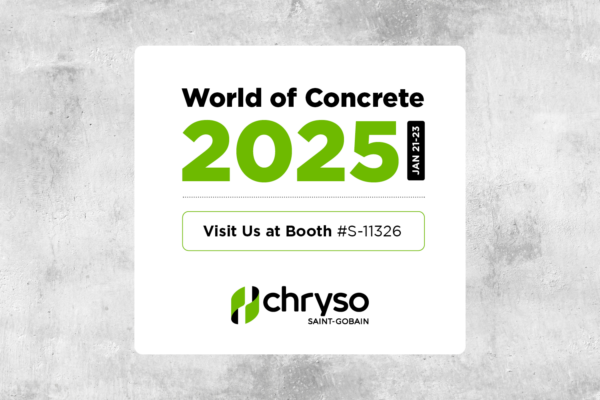| Factor |
Effect |
| Cement |
- An increase in the surface area (or fineness) of cement will decrease the air content.
- A high cement factor concrete will entrain less air than a lean mix.
- As the soluble alkali content of cement increases, the air content will increase.
- Type I-P cements will entrain less air.
|
| Fine Aggregate |
- Well-rounded particles are conductive to air entrainment.
- An increase in the fine fraction (passing 0.15 mm (No. 100) mesh sieve) will decrease the amount of entrained air.
- An increase in the middle fractions (passing 1.2 mm (No. 16) but retained on the 0.15 mm (No. 100) mesh sieves) will increase the air content.
|
| Coarse Aggregate |
- Dust (clay, limestone, etc.) on the surface of coarse aggregates will decrease the air content.
- Crushed-stone concrete will entrain less air than a gravel concrete.
|
| Water |
- Small quantities of household or industrial detergents in the water will increase the amount of entrained air.
- If hard water (well or quarry) is used to dilute AEA prior to batching, the air content will be reduced.
- Boiler compounds and/or water softeners will usually increase the air content, but depending on their composition, can also decrease air entrainment.
|
| Slump |
- An increase in slump up to about 150 mm (6 in.) will increase the air content. At slumps above 150 mm (6 in.), air contents may decrease.
|
| Temperature |
- An increase in concrete temperature will decrease the air content. Increases in temperature from 21°C (70°F) to 38°C (100°F) may reduce air content by 25% while reductions from 21°C (70°F) to 5°C (40°F) may increase air content by as much as 40%.
|
| Concrete Mixer |
- The amount of air entrained by any given mixer (stationary, paving, transit) will decrease as the blades become worn.
- Air content will increase if the mixer is loaded to less than capacity and will decrease if the mixer is overloaded. However, in very small loads in a drum type mixer, air becomes more difficult to entrain.
|
| Mixing Time |
- The air content will increase with increased time of mixing up to about 2 minutes in stationary or paving mixers and to about 15 minutes in most transit mixers. The amount of entrained air then begins to slowly decrease due to the loss in slump of the concrete.
|
| Vibration |
- Excessive vibration will reduce air content. As much as 50% of entrained air may be lost after 3 minutes of vibration.
|
| Fly Ash |
- As the surface area (fineness) of the fly ash increases, the amount of entrained air is decreased.
- As the carbon content of the fly ash increases, the amount of entrained air is decreased.
- An increase in amount of fly ash per unit of concrete will decrease the amount of entrained air.
|
| Carbon Black |
- The purposeful addition of carbon black as a colorant for concrete decreases the air content and in most instances considerable amounts of additional AEA are required to attain specified air levels.
|
| Iron Oxides |
- The purposeful addition of iron oxide pigments to concrete will either be neutral or will slightly decrease the amount of entrained air.
|
| Clay |
- Certain clays found in sand deposits will disperse slowly in theconcrete/water phase. As clay becomes dispersed, it reduces the amount of entrained air, so the air content at the point of delivery will be much lower than the value measured immediately after batching.
|
| Oil and Grease |
- Depending on their composition, oil and/or grease will either increase or decrease the amount of entrained air. These organic impurities usually occur in concrete as the result of poor lubricating practices at the cement plant, concrete batch plant or concrete delivery vehicle.
|
| Chemical Admixture |
- The addition of ASTM C494, Type A, B, D and E admixtures, in conjunction with the AEA, will normally increase the amount of entrained air. Type C set-accelerating admixtures usually do not have an affect on the air content. Type F and G superplasticizers may either increase or decrease the air content depending upon the chemical composition.
- Adding the AEA after the addition of the other chemical admixtures will increase the amount of entrained air.
|






